Блеск и нищета бижутерии. Повседневные украшения в России и СССР, 1880–1980 годы - [4]
As always pearl necklaces remained the most popular (ill. 100,100a). There is a touching story about a former soldier and a young girl, who survived the blockade of Leningrad but completely lost her hair. They were a very affectionate couple, and once he bought her a pearl necklace. At that time the dresses of black velvet were in fashion. The wife had no such dress and decided to try the necklace on her black cat. The cat with the necklace ran away. Later it returned, but evidently without beads. She had fear that the husband will kill the cat, but he simply bought her another similar necklace. She wore it until her death, and the husband put it into her coffin.
In early 1960s after Stalin’s death in USSR foreign jewelry appeared for the first time. In Moscow several exhibitions of Czech glass took place (ill. 95). And after so many years of jewelry starvation our women saw the splendid examples of Czech beads, earrings, bracelets etc. Soon they appeared also in the shops. Elderly ladies liked imitations of garnets and transparent faceted beads (ill. 95). Young girls preferred so called “ fruit salad” beads and braids of beads (ill. 97–99). Imports from China and DDR also began (ill. 102,103).
By the end of the 1950s multi-strand beads became extremely fashionable (ill. 104–107). One fashion magazine even recommended to wear them with your overcoat. Wooden necklaces were also very popular (ill. 109). Soon the wooden beads began to be made in local workshops. The necklaces from Manchurian walnut – real wooden lace, were especially desired (outer necklace on N1.109). Bone carving workshops gradually returned to work in Kholmogory, as well as Rostov enamel masters, and factories making jewelry of semiprecious stones in the Urals (ill. 110–112).
Most wore the production of domestic factories and workshops or Czech jewelry, but at that time there was a group of youth named “styljagy” focused entirely on the western fashion. Their style of clothes and jewelry was exaggeratedly fashionable, and their appearance sharply stood out from the crowd. The authorities conducted an uncompromising struggle with them, and the magazine “Crocodile” constantly published caricatures deriding them (ill. 103). Girls who did not want to or could not work, were also depicted hung with beads and earrings (ill. 104,105). The enemies of the proletariat were also not forgotten: lady Astor in the caricature depicting American capitalism wears both beads, earrings and bracelets (ill. 106).
The US market was indeed overcrowded with costume jewelry, distinguished by the abundance of shiny stones and bright gilding. The only kind of jewelry that disappeared from the US market for a long time was a Czech jewelry. Practically the whole production of Jablonex was exported to USSR. The designs of Czech jewelry didn’t change so strongly over the years. That’s why quite similar brooches often are dated differently: here (1960-70s) and in USA (1920-30s) (ill. 119,119a).
Czech jewelry and the very traditional production of our factories couldn’t satisfy completely the demand of Russian women, who were deprived for a long time of any jewelry. So they started to make it themselves of paper, various seeds, nuts, alder cones, birch bark (ill. 120). Some skilled craftsmen created for their favorite girls whole sets of jewelry (ill. 121, 121a). The method of making beads of bread was also not forgotten (ill. 123).
In the early 1960s long necklaces became extremely fashionable, especially those composed of separate beads connected by chains (ill. 123a-125). The Kaliningrad Amber Factory and Lithuanian masters also decidedly modernised the style of their products (ill. 126,127). Their buyers found plastic beads of fake amber as well (ill. 128).
Brooches with so called “abstract” designs enjoyed exceptional popularity. Brooches, unreleased by Tallinn jewelry factory (label “T30-33 Met”) were very interesting. In the State Art Institute of the Estonian SSR in 1966-68s series of stamped metal brooches were created with ethnographic motifs. Usually they have a brand «Tallin KJ». Similar in style brooches were produced also in Latvia (ill. 129).
In early 1960s the Leningrad jewelry factory (label «ЛФ») and the Leningrad jewelry– watch plant (label «ЛЮ») began to produce brooches in so called “abstract” style by the method of hot enamel (ill. 130–132). The figure after the brand designates the year of production. For example, «ЛФ0» indicates that the brooch was made in 1960. The letter “M” designates that it was made of base metal. Designers of these brooches were young graduates of art school. The Leading role among them played Vera G. Povolotskaya, whose works are now in many museums in Russia. From my point of view, they are no less interesting than, for example, the well-known brooches of French artist Lee Stein, who began to work in late 1960s (ill.133-133b). Many factories made similar brooches using simpler technologies and cheaper materials (ill. 134). The same factories produced a large number of childrens brooches, which were extremely popular at that time (ill. 134a).
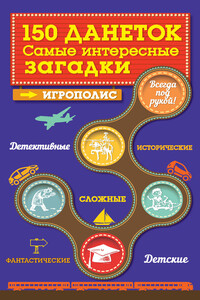
Перед вами большой сборник лучших данеток! Он разработан так, чтобы каждый смог подобрать загадки по тематике: детективные, исторические, криминальные, фантастические, детские, сложные. Каждая данетка – это удивительная история, в которой кроется захватывающая тайна, и ее нужно разгадать. Эта игра способна затянуть на целые часы увлекательного веселья. Возьмите ее в дорогу или на встречу с друзьями, и вы увидите, как интересно и незабываемо проведете время!
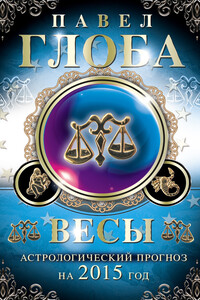
Астрология – это наука о циклах, время – основное понятие в астрологии. В нашем быстроменяющемся мире, в бурном потоке событий, отношений, новых свершений и далеких мечтаний очень важно правильно, эффективно использовать время. О том, как не упустить щедрых подарков Судьбы в год Юпитера, – в астрологическом прогнозе по авторским методикам Павла Глобы. Благополучия и счастливых звезд вам!
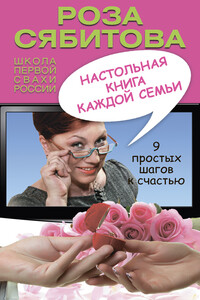
Роза Сябитова, первая сваха России, ведущая телепрограммы «Давай поженимся» на Первом канале и профессиональный психолог, очень жестко раскладывает по полочкам семейную жизнь, начиная от свадьбы и заканчивая разводом.Но чтобы конец наших историй был не столь печальным, надо сразу понимать, чего ждать от каждого момента семейной жизни, и подходить к браку во всеоружии.
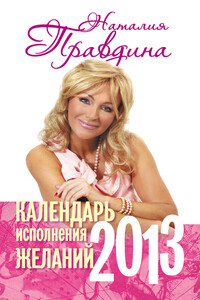
Наталия Правдина – самый известный в России специалист древнекитайского учения фэншуй, создатель уникальной системы позитивной трансформации сознания, автор бестселлеров, выходящих многомиллионными тиражами не только в нашей стране, но и во многих странах Европы и Америки.Каждому из вас известны свои цели. У каждого из вас есть свои индивидуальные и неповторимые мечты. Советы, которые вы найдете в этом календаре, помогут вам в осуществлении ваших самых сокровенных желаний. Самое главное – не просто читайте календарь, день за днем, но и применяйте знания, которые вы найдете здесь.
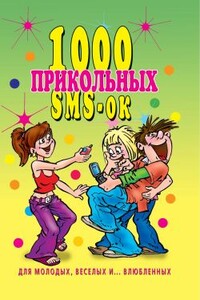
SMS-ки в настоящее время используются ничуть не реже, чем звонки с обычных и мобильных телефонов. Короткие, а иногда и длинные послания отправляют не только с мобильных телефонов, но и из Интернета по разным поводам и без них - чтобы поздравить друзей с каким-либо значимым событием, чтобы признаться в любви, передать нужную информацию или просто пообщаться. В этой книге вы найдете множество посланий, предназначенных для самых различных случаев. Вы сможете выбрать оригинальное поздравление к празднику или к дню рождения и отправить его своим друзьям, а также посмеяться над SMS-приколами.
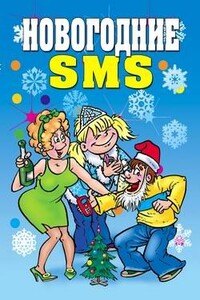
Вы хотите поздравить родных и близких с Новым годом по sms? Выразить им свою симпатию, пожелать счастья и удачи? Или отправить новогодний прикол другу? А вам в голову приходят только стандартные фразы? Тогда эта книга для вас. Ведь на её страницах вы найдете более 700 самых интересных и необычных новогодних поздравлений.